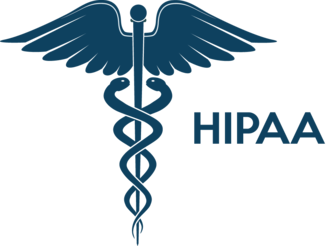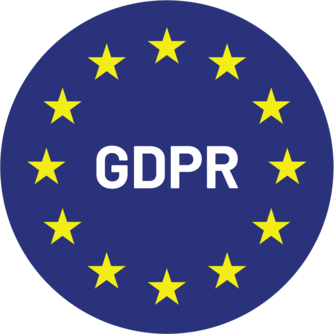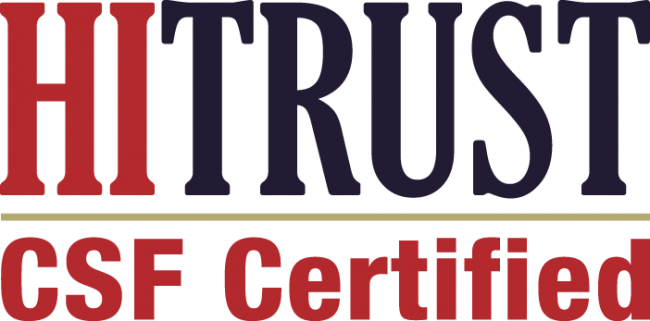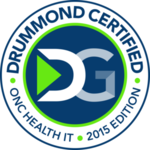With the rapid expansion of value-based care initiatives, Medicare Remote Physiologic Monitoring (RPM) has emerged as a significant revenue opportunity for healthcare providers and billing companies alike. As the Centers for Medicare & Medicaid Services (CMS) continues to promote remote patient monitoring to manage chronic conditions, billing companies are uniquely positioned to capitalize on this growing trend by offering specialized RPM services.
In this comprehensive guide, we will explore how billing companies can tap into the Medicare RPM program to boost their revenue, leverage key CMS statistics, understand the billing codes, and how partnering with HealthViewX can help them scale their services seamlessly.
The Rise of Medicare Remote Physiologic Monitoring (RPM)
Remote Physiologic Monitoring (RPM) uses digital technology to collect patients’ health data outside of a traditional clinical setting, such as at home. This data can include vital signs like heart rate, blood pressure, blood glucose levels, and more, which are transmitted to healthcare providers for monitoring and management.
Key Market Statistics
- According to the CMS, over 88% of older adults in the U.S. have at least one chronic condition, making them eligible for RPM services.
- The global remote patient monitoring market is projected to grow from $1.4 billion in 2023 to $2.5 billion by 2028, with a compound annual growth rate (CAGR) of 12.5%.
- CMS estimates that RPM can reduce hospital readmissions by up to 38%, providing a strong case for its widespread adoption.
These statistics highlight the enormous potential of RPM in transforming patient care while opening up new revenue streams for billing companies.
How Medicare RPM Creates New Revenue Opportunities for Billing Companies
1. Expanding Service Offerings
Billing companies can expand their portfolio by including RPM services. As providers increasingly adopt RPM, they need support in managing the complex billing process, ensuring compliance, and maximizing reimbursements.
2. Recurring Revenue Model
Medicare RPM billing codes are structured to generate recurring monthly revenue, making them a stable source of income. By supporting healthcare practices with accurate RPM billing, companies can build long-term client relationships and ensure consistent cash flow.
3. High Demand from Healthcare Providers
Providers are looking for expert billing partners to navigate the intricacies of RPM billing. This is a golden opportunity for billing companies to position themselves as leaders in RPM billing services, attracting more clients and boosting their market share.
Understanding Medicare RPM Billing Codes and Reimbursement Rates
CMS has set specific billing codes for RPM services to streamline reimbursement and incentivize providers to adopt remote monitoring. Below are the key RPM billing codes and their reimbursement rates for 2024:
1. CPT Code 99453
- Description: Initial setup of RPM devices and patient education.
- Reimbursement Rate: $19.32 (one-time payment per patient).
- Key Requirement: This code covers the setup of the device and patient education on how to use it effectively.
2. CPT Code 99454
- Description: Monthly supply of RPM devices, including daily recordings or transmissions for 16+ days.
- Reimbursement Rate: $48.80 per month.
- Key Requirement: Requires patients to use the device for a minimum of 16 days within 30 days.
3. CPT Code 99091
- Description: Collection and interpretation of physiologic data, requiring a minimum of 20 minutes of healthcare professional time.
- Reimbursement Rate: $56.88 per 30 days.
- Key Requirement: Time spent reviewing and interpreting the data should be documented.
4. CPT Code 99457
- Description: Monthly remote physiologic monitoring treatment management services, requiring at least 20 minutes of interactive communication with the patient.
- Reimbursement Rate: $50.94 per month.
- Key Requirement: Includes both data interpretation and interactive communication with patients.
5. CPT Code 99458
- Description: Each additional 20 minutes of RPM management services beyond the initial 20 minutes.
- Reimbursement Rate: $41.17 per month.
- Key Requirement: Can be billed in addition to 99457 for extended patient management.
By effectively utilizing these billing codes, billing companies can help providers optimize their revenue while ensuring compliance with Medicare regulations.
Challenges Billing Companies Face in RPM Billing
While the Medicare RPM program offers significant financial opportunities, it also presents challenges:
- Complex Billing Requirements: Understanding the nuances of RPM billing codes, eligibility, and documentation can be daunting.
- Compliance Risks: Ensuring compliance with CMS guidelines is crucial to avoid claim denials and audits.
- Scalability Issues: Managing the billing for large volumes of RPM data requires robust infrastructure and expertise.
How HealthViewX Can Help Billing Companies Scale RPM Services
HealthViewX is a comprehensive digital health platform designed to streamline Medicare RPM services for billing companies and healthcare providers. Here’s how partnering with HealthViewX can help billing companies scale their services seamlessly:
1. Automated RPM Billing and Coding
- Accurate Billing Automation: HealthViewX simplifies the billing process by automating documentation, reducing manual errors.
- Real-Time Compliance Checks: The platform ensures all RPM billing claims meet CMS requirements, reducing the risk of denials and audits.
- Revenue Optimization: HealthViewX helps maximize reimbursements by optimizing the use of all eligible RPM billing codes, ensuring providers are paid for every service rendered.
2. Seamless Integration with EHR Systems
- Comprehensive EHR Integration: The platform integrates with various Electronic Health Record (EHR) systems, allowing seamless data exchange and eliminating manual data entry.
- Scalable Solution: Whether billing for a small clinic or a large health system, HealthViewX offers scalable solutions to handle high volumes of RPM billing.
3. Enhanced Analytics and Reporting
- Actionable Insights: HealthViewX provides detailed analytics on billing performance, helping billing companies identify trends and optimize their processes.
- Customizable Reports: Generate custom reports on RPM utilization, patient outcomes, and financial performance to showcase value to clients.
4. Dedicated Support and Training
- Expert Support Team: HealthViewX offers dedicated support to ensure smooth onboarding and continuous optimization of RPM services.
- Comprehensive Training: Benefit from tailored training programs that help your team stay up-to-date on Medicare RPM billing guidelines and best practices.
Conclusion
The Medicare Remote Physiologic Monitoring program presents a lucrative opportunity for billing companies to expand their service offerings and drive revenue growth. By leveraging RPM billing codes and maximizing reimbursements, billing companies can capitalize on the increasing demand for remote monitoring services.
Partnering with HealthViewX provides a competitive edge by streamlining the RPM documentation process, ensuring compliance, and scaling RPM services efficiently. Whether you are looking to optimize your current processes or expand into the RPM market, HealthViewX offers the tools and support you need to succeed.
Ready to scale your RPM services? Contact HealthViewX today to schedule a demo and explore how our platform can transform your operations.

